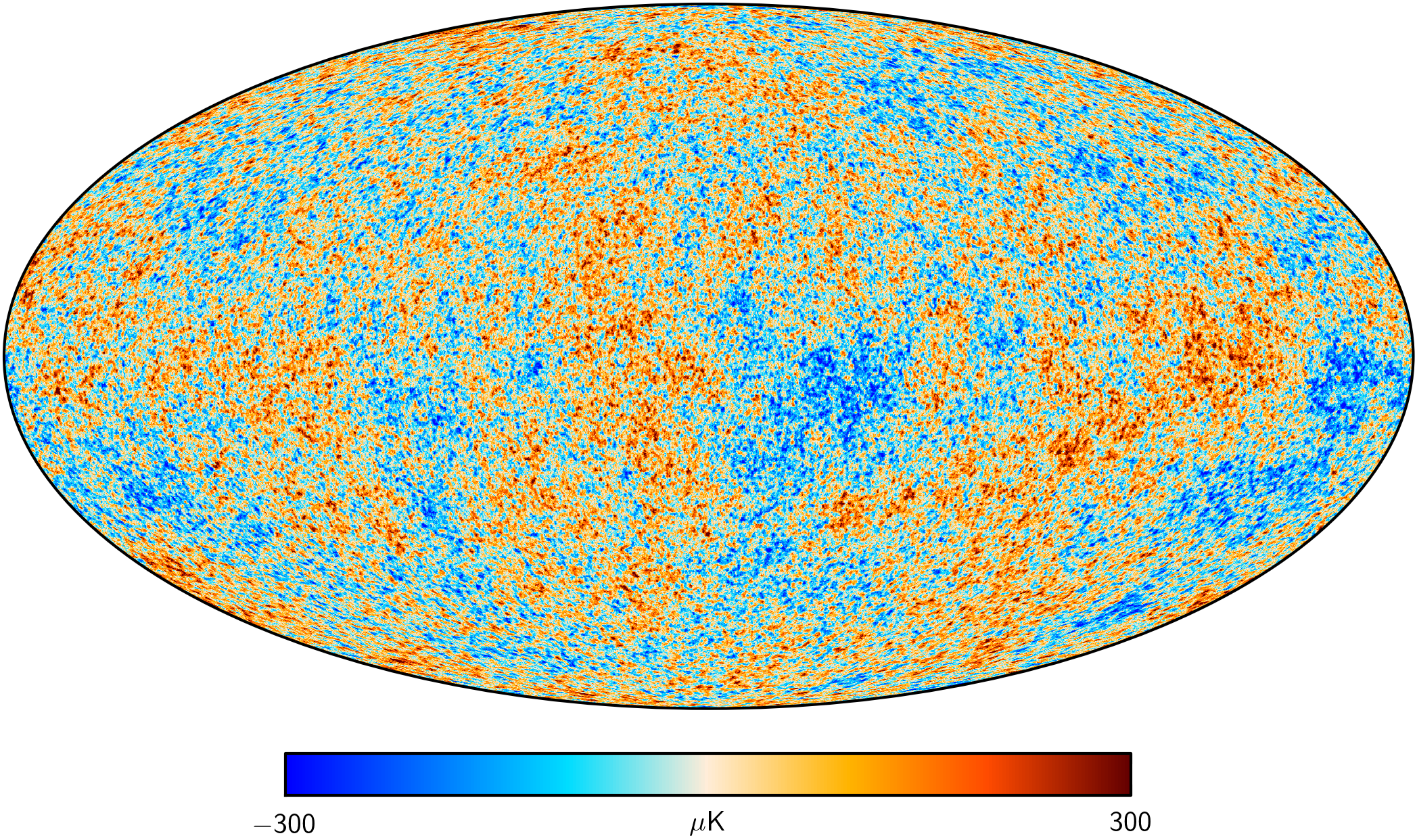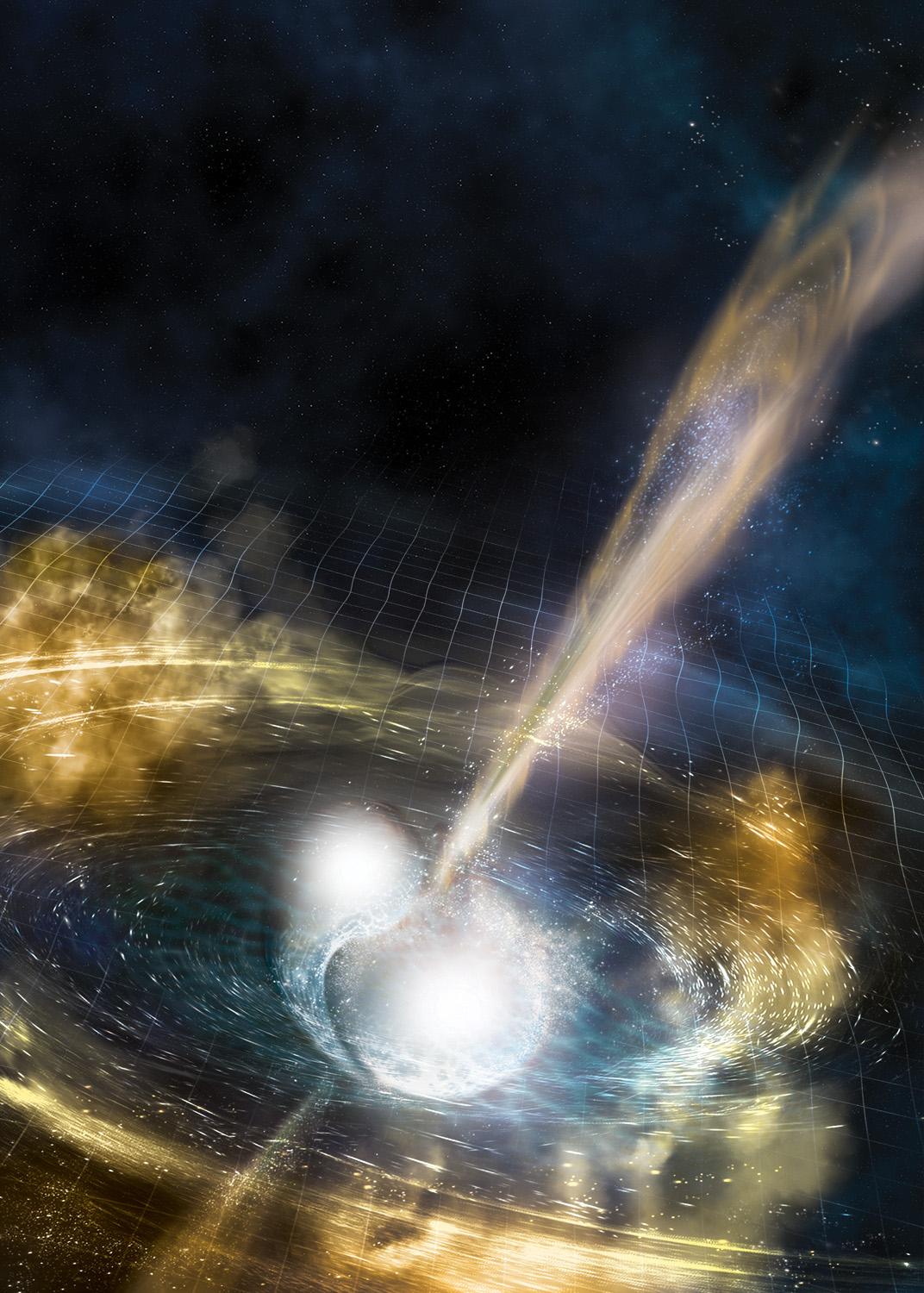In the late 1920s, Edwin Hubble spent a great deal of his time investigating what was then called Nebulae, interstellar structures that we now know as galaxies. He used to work with the top instrument of the time, the 2.5 m Hooker telescope at Mount Wilson, collecting data from those distant objects and comparing them.
The galaxies observed by Hubble were different from one another. Some were redder, indicating they are farther away from us. This happens because the speed of light is a fixed value, and the most distant objects take longer to send their light to our eyes than the closest ones. The color red has a longer wavelength, meaning this color can travels great distances. So bluer galaxies, with blue being on the shorter end of the wavelength spectrum, are likely closer.
Interestingly, Hubble realized that the redder objects were also the ones traveling away from us faster than the blue galaxies. In other words, if a galaxy is very distant, it’s moving away from us faster than a closer galaxy. So the universe was pretty clearly expanding.
Hubble’s observations concluded that the universe expands with a velocity of 500 km/s for each 308 trillion and 570 million km — which is defined as one Megaparsec. In other words, Hubble concluded that the universe is expanding at a speed of 500 km/s/Mpc. But that’s not the end of this story. In fact, it’s only the beginning.

Today’s values, calculated with more precise instruments, are around 70 km/s/Mpc and this expansion rate is called Hubble Constant (H0). The problem if you measure this expansion rate in different ways, you’ll end up with different values — something called the ‘H0 tension’.
Important information about the Hubble constant comes from something called Cosmic Microwave Background. The Cosmic Microwave Background (CMB), as calculated by the European Space Agency’s Planck Collaboration, is the light emitted 380,000 years after the Big Bang. Measurements from the CMB by the latest Planck data have a ‘H0’ value of 67.4 km/s/Mpc. But a local measurement using the brightness of supernovae type Ia has bigger values of 72 km/s/Mpc.
In order to get 74, the SH0ES Collaboration uses a galaxy (NGC 4258) as the reference to calibrate Cepheids and SN-Ia and obtain the H0 value. SN-Ia and Cepheids are so-called ‘standard candles’ — objects with a fixed, known brightness pattern. By having a catalog of objects with standard brightness, scientists can infer the distance of the candles.
Planck, on the other hand, uses a technique not based on direct observation. In this case, the CMB can measure the sound horizon, which is a standard ruler. It needs to use the standard model of cosmology to obtain the expansion rate.
Other observations that have similar methods to the two above also vary in correspondence. The most anticipated procedure uses Gravitational Waves. It is similar to the standard candles, except this time the objects have the ‘sound’ as a pattern. Unfortunately, there are very few observations of this sort since it is a recent method of observation. One observation by LIGO that resulted in a rich catalog was GW170817, the merging of two neutron stars. The importance of this event is due to the electromagnetic observation that came together. The collision was so violent it resulted in a gamma-ray outburst, detected approximately 2s after the merging. GW170817’s H0 is equal to 69 km/s/Mpc.

The matter is hotly debated by researchers. Since the last post covering universal expansion was published on ZME Science, approximately 24,000 papers discussing the issue have been published. Many are analyzing and comparing different measurements of the value and many reviews are trying to make sense of separate studies. Despite the extensive investigation though, no conclusions were drawn.
More recently, a collaboration of the Atacama Cosmology Telescope (ACT) in Chile used the same method Planck used. Different from the ESA telescope, ACT is ground-based and covers a smaller area of the sky. Yet it agrees with Planck, the close value of 67.9 km/s/Mpc. This suggests that the same type of procedure results in similar values.
But how can that be if the universe is supposed to have the same behavior independent from the way we observe it? The answered could be errors with the observations, but it could also be that our current model of the universe is not correct. With the ATC it appears that the cosmological model can’t describe well the CMB, and we’re not really sure why.
From now on the focus will turn towards Cepheids and SN, but yet no one is sure what exactly is the problem: new physics needs to be developed or more and more observations will answer questions? Until there more papers will fill the Google Scholar pages.






